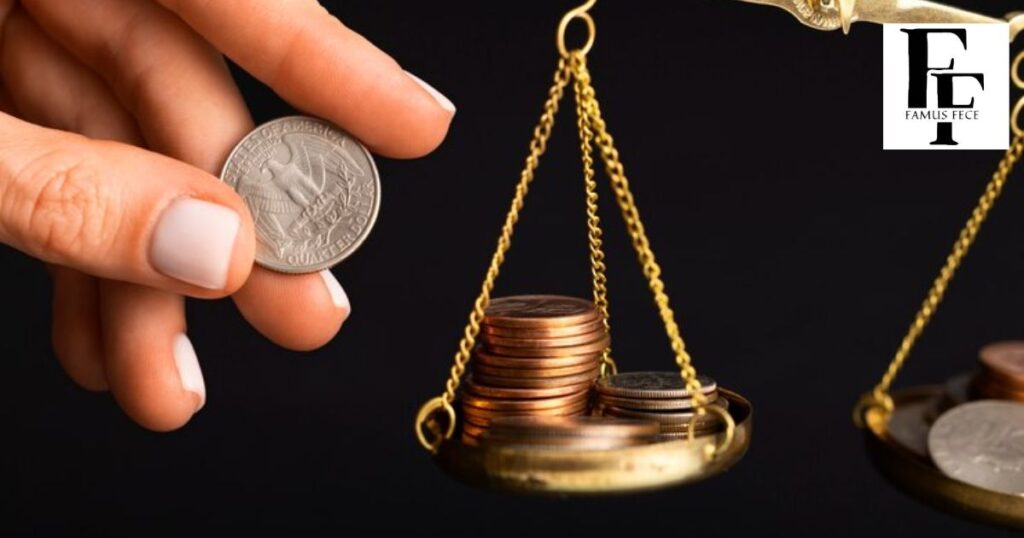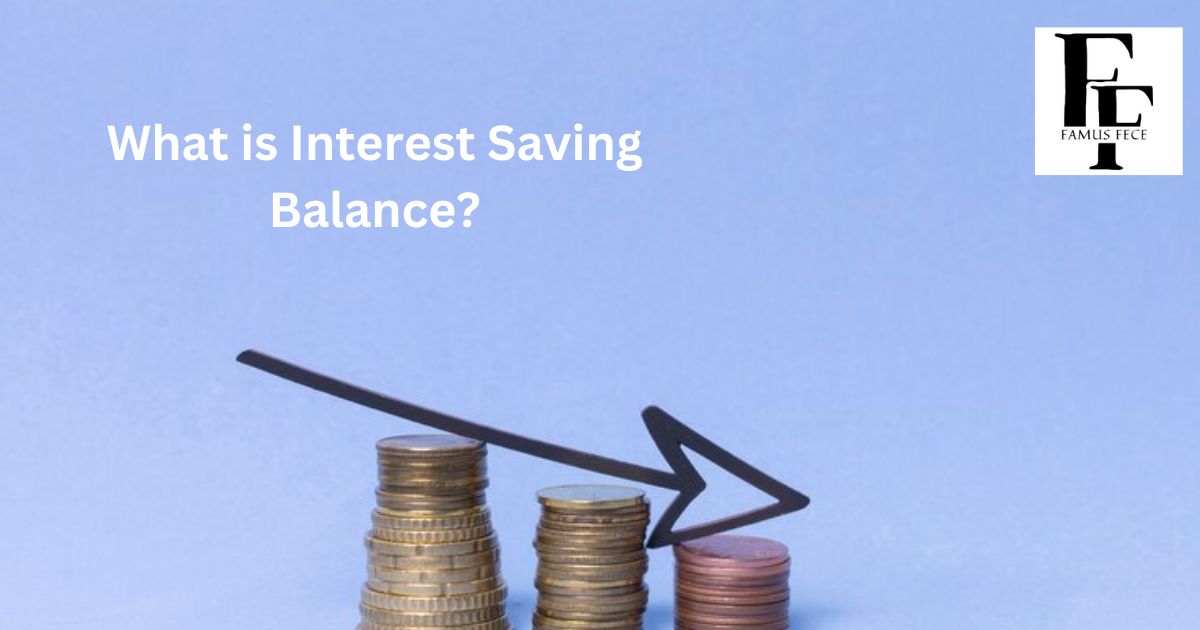Have you seen the term “interest-saving balance” mentioned on your credit card statement? It’s a new feature being offered by some credit card companies, but what does it really mean? An interest-saving balance is designed to help you save money on interest charges for your credit card. It gives you the option to pay just the minimum amount due each month instead of your total balance.
Credit cards can get expensive when you carry a balance and start paying high interest rates. An interest-saving balance aims to reduce those costs by letting you pay a lower minimum payment. It sounds helpful, but you need to be careful with this option. It may only partially get rid of your debt, like paying more than the minimum.
This new feature is meant to help lower your interest charges in the short term. But you have to be strategic about using it correctly. Paying only the minimum balance could cause your debt to grow over time.
It’s essential to fully understand how an interest-saving balance works before deciding if it’s the best choice for managing your credit card spending.
How Does an Interest Saving Balance Work?
An interest-saving balance is a minimum payment option offered on some credit cards. With this feature, you only need to pay the minimum amount due each month instead of your total balance.
This minimum will be a combination of any new charges plus a percentage of your outstanding balance. As long as you continue making at least the minimum payment, the credit card company won’t charge you interest on your purchases. This aims to help lower the costs of carrying a credit card balance.
However, unpaid interest is not waived – it’s postponed until a later date. Any interest owed will continue building up in the background. Over time, if your balance grows more significant than your payments, you could end up owing more in the long run versus paying more than the minimum each month. It’s essential to understand this balance carryover aspect fully.
Read More About: FINTECHZOOM GM Stock Forecast
Benefits of Using an Interest-Saving Balance

One benefit is that an interest-saving balance can immediately reduce your monthly credit card costs. By choosing to pay just the minimum, you can temporarily lower or avoid interest charges. This could help provide short-term savings if you need flexibility with payments.
Another potential advantage is that it keeps your account in good standing and avoids late fees as long as minimums are made on time. This can benefit your credit score by demonstrating you can responsibly use credit. Just be aware that consistently carrying balances month to month may lower your score in the long run compared to paying statements in full.
APR
The APR, or annual percentage rate, is the interest rate that a credit card charges you for carrying a balance. It’s expressed as a percentage that is charged yearly on your outstanding balance.
Even if you use an interest-saving balance and aren’t charged interest right away, the APR is important because it determines how quickly interest adds up in the background. Aim for a credit card with a lower APR to limit how much you may eventually owe in interest costs over time.
Using an interest-saving balance doesn’t change the APR – the card itself sets that rate. Any interest accrued while in the interest-saving period will be calculated based on the purchase APR. So, choosing a card with a lower rate can make a difference in your long-term costs even if you aren’t paying interest each month.
Fees

Many credit cards charge fees for different types of transactions beyond the interest rate. One example is an annual fee for using the card each year. Some interest-saving balance options may also charge a fee to set up that feature. Be sure to check what additional fees apply to your specific credit card.
Paying fees can quickly cut into any savings from avoiding interest costs. Look closely at the total cost of using an interest-saving balance compared to no-fee balance transfer options or other cards. Minimizing fees upfront will help maximize your long-term savings.
Convenience
One convenience of an interest-saving balance is that it allows you to carry a balance on your credit card without having to worry about interest charges for a certain period. This can provide flexibility if you need to spread out payments over multiple months. It removes the stress of coming up with significant credit card payments.
Additionally, you only need to remember to pay the minimum amount due each billing cycle. This minimum payment is clearly listed on your monthly statement. It makes billing easier to manage compared to calculating extra payments toward your balance. The interest-saving balance streamlines your payments temporarily.
Disadvantages

A significant downside of an interest-saving balance is that it may enable you to grow your balance even higher since you are paying it down slowly than you would by paying more than minimums.
This can lead to owing much more money over time. Relying on it too long term is risky and may saddle you with debt.
Additionally, creditors typically only offer the interest-saving period for a limited time, such as 6-12 months. After that, interest charges kick back in, and you’ll owe fees on accumulated balances. This can negate any earlier savings and add significant costs if you aren’t careful.
FAQs
How long does the interest-saving period last?
The interest-saving period offered by creditors typically ranges from 6-12 months. After that time frame, any unpaid interest will be added to your balance, and the APR will apply going forward.
What is the minimum payment during the interest-saving period?
The minimum payment is usually a combination of any new charges during the billing cycle plus a small percentage of your outstanding balance, such as 2-3%. It’s essential to check your statement each month for the exact minimum amount due.
Can I use an interest-saving balance for new purchases?
Yes, as long as you continue making minimum on-time payments, any new purchases charged to your card during the interest-saving period also qualify to be postponed until the deferred interest expires.
What happens if I miss a minimum payment?
If you fail to pay at least the minimum amount due by the payment due date, you may lose the interest-saving benefit and owe deferred interest charged to your account retroactively. It’s essential to pay minimums on time.
Can an interest-saving balance help improve my credit score?
Yes, if used responsibly. Making consistent on-time minimum payments demonstrates responsible credit use and can strengthen factors like payment history in your score over time. However, maintaining a high balance may reduce your available credit utilization ratio.
Final Thoughts
An interest-saving balance can offer a temporary way to save on credit card interest costs. However, it’s essential to fully understand both the benefits and disadvantages of this option before deciding whether it makes sense for your situation. While paying just the minimum each month provides flexibility, relying on it long-term runs the risk of piling up growing debt that becomes difficult to pay off.
The best approach is to use an interest-saving balance strategically as one part of an overall debt repayment plan. Set a clear timeline for how long you’ll utilize the feature, continue paying more than minimums if possible, and explore alternate options like balance transfers once the savings period ends.
Managing credit responsibly requires tracking expenses, budgets, and balances diligently. There needs to be more than an interest-saving balance alone between solving credit card problems – it works best paired with disciplined spending habits. With care and the right financial strategy, this feature can offer short-term relief while avoiding long-term debt challenges.

Experienced website administrator Specializing in general topics. Skilled in managing content, Optimizing User Experience, and ensuring site functionality. Dedicated to Delivering Quality and Engaging online experiences for Visitors.












